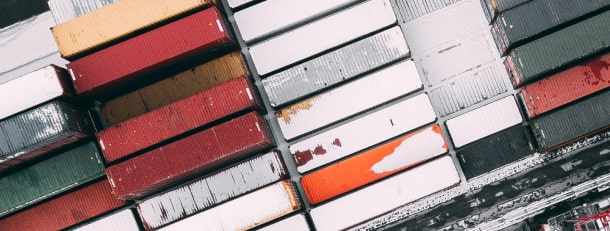What is ICS 2?
The Import Control System 2 ICS2, is a safety and security program prior to the arrival of goods at customs. This information system is based on the communication of information to European customs before the physical arrival of the goods or before the loading of the goods for long distance containerized transport into the European Union.
This means that the information about the goods is transmitted before arrival in customs, via the ENS (Entry Summary Declaration) at the first point of entry into the EU customs territory.
The European ICS2 system is intended to replace the current ICS1. This is in light of the security requirements put in place by the European Commission. The new EU Customs Code has been in force since May 1, 2016.
Who is concerned by ICS 2?
All the actors intervening on the importation are concerned by this device:
- handlers
- shippers
- air freight carriers
- maritime, road, rail and waterway carriers, express freight companies, postal services
- freight forwarders
- Registered Customs Representatives (RCR)
- the final recipients of the goods (importers)
Why ICS 2?
This security program is a control system that allows to reinforce the efficiency of customs controls while facilitating the free circulation. The objectives of this change are :
- Strengthening the security of EU citizens and the internal market
- Better identify high-risk shipments
- Facilitating cross-border customs clearance
- Simplify the exchange of information between economic operators and customs authorities
What will change as of March 1, 2023?
- HS harmonized code of at least 6 digits for each item in the shipment
- precise goods description for each item in the shipment
- EORI of the recipient
For the moment on air transport, but will be extended to road, rail and sea transport on March 1st 24.
What do I have to do to be in good standing?
HS code definition:
A HS (Harmonized System) code is a harmonized nomenclature code, which allows Customs to define the taxes and fees and controls applicable to your shipment. It is a commodity classification system used in international trade to identify products and classify them in a uniform manner. HS codes are managed by the World Customs Organization and allow governments to collect trade data, facilitate border control and set customs duties.
For both imports and exports, this nomenclature determines :
- customs duty rates
- business policy measures
- safety standards / sanitary / phytosanitary formalities etc.
- measures of prohibition or embargoes
- agricultural policy CAP
- domestic tax
Where can I find my HS Code?
In order to find your HS Code you can go directly to the governments concerned which provide the harmonized nomenclatures. You can directly contact the customs services of the country concerned to find your nomenclature.
Different countries may have different versions of the HS code list, but at least the first 6 digits are fully harmonized.
Detailed description of the goods
When you ship goods, you will need to provide a detailed description of the goods. Your description must answer the following questions:
- What is it?
- What is it made of?
- What is it for?
Do not forget to declare with which materials the goods have been made.
For example, if you are shipping a garment, in your description you cannot just indicate "garment", you must give a precise description commercial invoice such as: "dress size M white, 80% cotton, 20% polyester, quantity 1" and provide the reason for shipping "commercial", "sample", "return and repair", etc. This will limit the amount of checking that needs to be done by the customs authorities. A vague or incomplete description can delay your shipment.
Provide the EORI number of your recipient
The EORI (Economic Operator Registration and Identification) is a unique Community number that identifies each economic operator in his customs operations.

⚠️ An inadequate declaration may be rejected by the customs authorities or subject to intervention, with possible sanctions when you ship your goods into the European Union. Make sure you provide all the necessary information so as not to delay the clearance of your goods.
Reminder of EU countries:
Austria, Belgium, Bulgaria, Croatia, Cyprus, Czech Republic, Denmark, Estonia, Finland, France, Germany, Greece, Hungary, Ireland, Italy, Latvia, Lithuania, Luxembourg, Malta, Netherlands, Poland, Portugal, Romania, Slovakia, Slovenia, Spain and Sweden.
